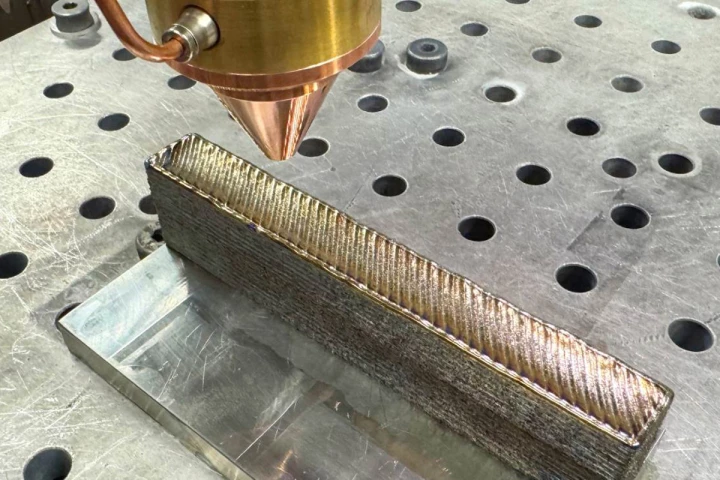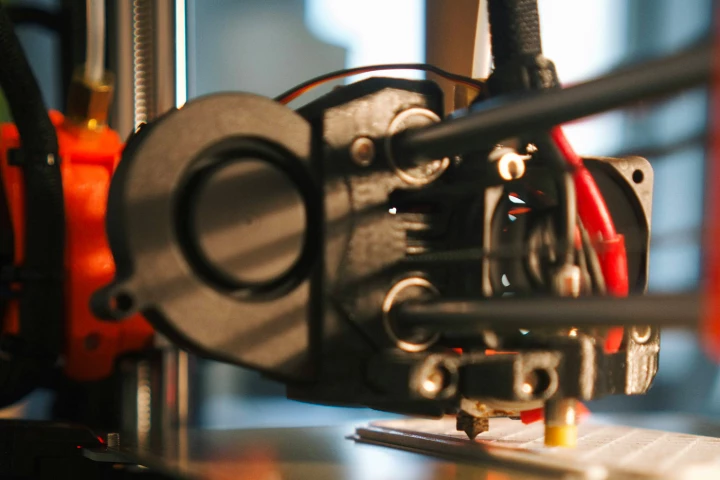additive manufacturing
Many traditional manufacturing processes, like CNC, start with a block of some material, and remove parts of it via a range of different processes to arrive at the finished part. Additive manufacturing, including 3D printing, takes the other approach, adding material to create the finished part.
-
Researchers in Australia have developed a titanium alloy that's 30% cheaper to produce than standard titanium, and is stronger and more ductile than other titanium alloys.
-
Researchers at MIT have unexpectedly stumbled upon a way to 3D print active electronics – meaning transistors and components for controlling electrical signals – without the use of semiconductors or even special fabrication technology.
-
Using a 3D printer that works with molten glass, researchers forged LEGO-like glass bricks with a strength comparable to concrete. The bricks could have a role in circular construction in which materials are used over and over again.
-
Researchers have come up with a 3D printing method using liquid metal that's claimed to produce structures at least 10 times faster than existing metal additive manufacturing processes, though it does so at the expense of fine detail.
-
Arizona company Rosotics says it's ready to revolutionize large-scale 3D metal printing, with a new "rapid induction printing" approach that can print parts of enormous size – with radical advantages in speed, cost, safety and energy efficiency.




